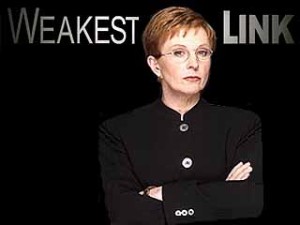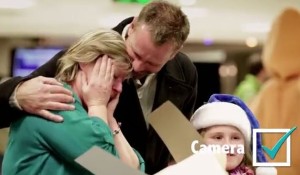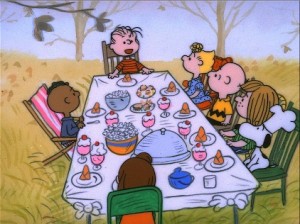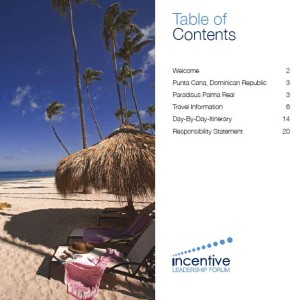 First to be clear, when I refer to the “weakest link” I am not talking about channel stakeholder but the communication to or engagement of that channel participant.
First to be clear, when I refer to the “weakest link” I am not talking about channel stakeholder but the communication to or engagement of that channel participant.
I recently had a great conversation in the DMR – Channel Professional Network group in LinkedIn regarding my “Several Shades of Grey” post I made last month. It was a friendly, healthy exchange between two people that have extremely different views on what elements are needed and not needed to deliver the most effective engagement in a channel marketing program.
This conversation occurred over a number of weeks, and although I disagreed with much of what my challenger was expounding, I will admit that he did have some great points along the way. In fact, one point in particular even inspired me to write about it.
The individual argued that if “you missed one ‘link’ in the chain of a program, the entire program could fail.”
It always amazes me how many programs fail to recognize the importance of each “link,” or tier, in their channel when designing performance improvement programs. Almost all of the programs I work on attempt to engage their channel at the various POIs (Point of Influence). I coined the term POI as a way to identify the people in the channel who wield the greatest influence over a sale. They usually are the VAR or Dealer’s Sales Person or Sales Engineer. Indeed, this is where 70% of the effort, design, and investment of channel incentives should be focused.
Although the Points of Influence are the primary target, they are also traditionally the group that the manufacture or distributor are least connected to. So it is important to strengthen the links (secondary targets) that connect you to this group of individuals. For example, below I have listed some potential POIs and secondary targets within the channel, and proposed some different ways to strengthen your “link” to them:
- Your Regional Manager (secondary) Giving them a rollup up and dashboard reporting of their teams’ performances
- Your Salespeople & SEs (Secondary) Providing leaderboards and other gaming elements, and overriding the initial and after-market sales
- Distributor (secondary or primary) Discounting for access to detailed POS data
- Distributor Sales (secondary or primary) Overriding of Sales
- VAR/ISV (primary) Reward for Sales, KPI, Training, and other behaviors that lead to sales STTP
- VAR Salespeople and SEs (primary) Reward for Sales, KPI, Training, and other behaviors that lead to sales STTP
Notice: In order to engage the primary target, it doesn’t necessarily mean allocating a percentage of your incentive budget to the secondary targets. For example, you can get many of these tiers engaged through reporting, leaderboards, and other unique “gamification” elements.
What are some other creative ways to engage these secondary audiences?
As always, give me a ring or shoot me a note in LinkedIn to discuss!
Move the Channel,
Travis







